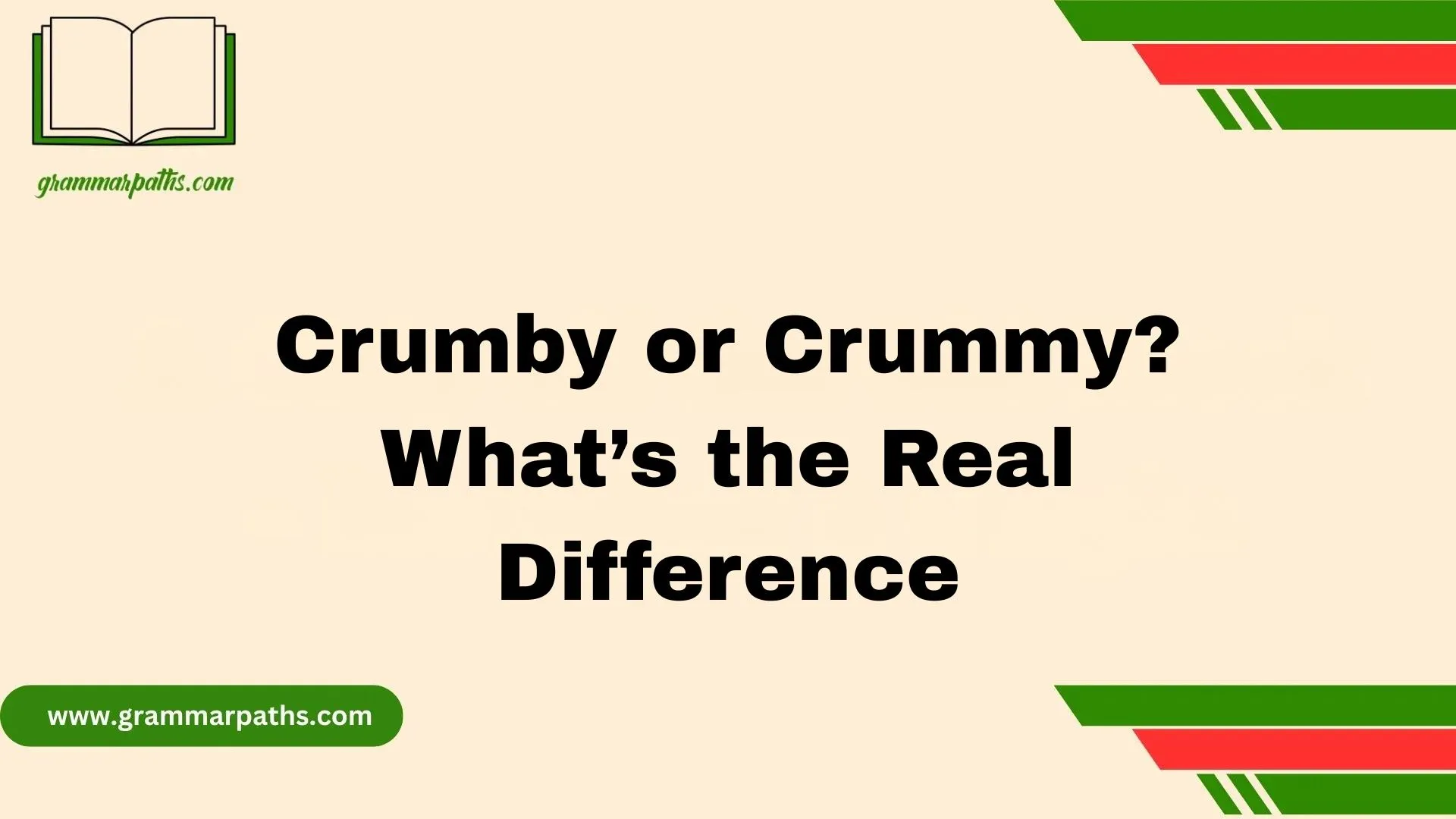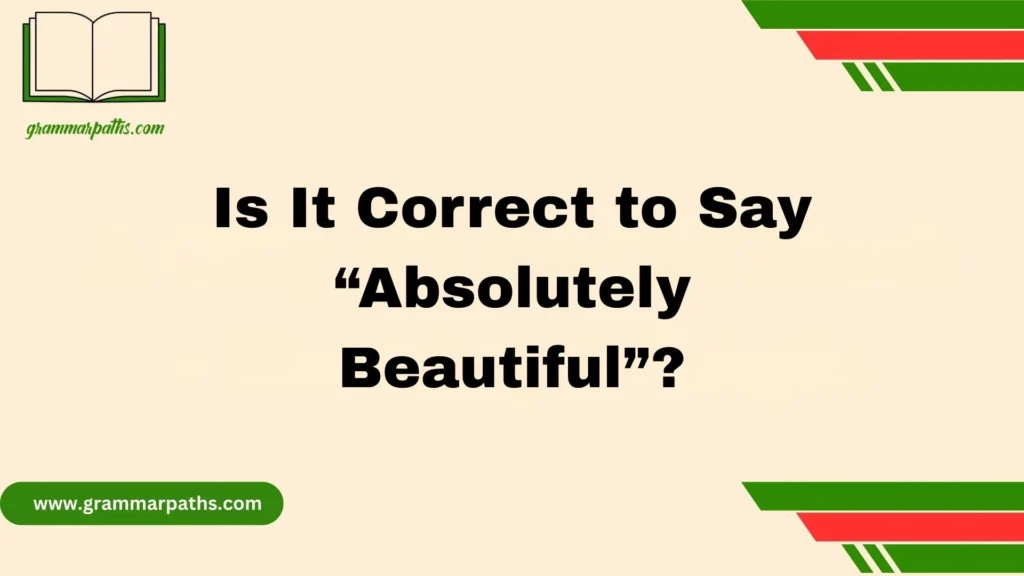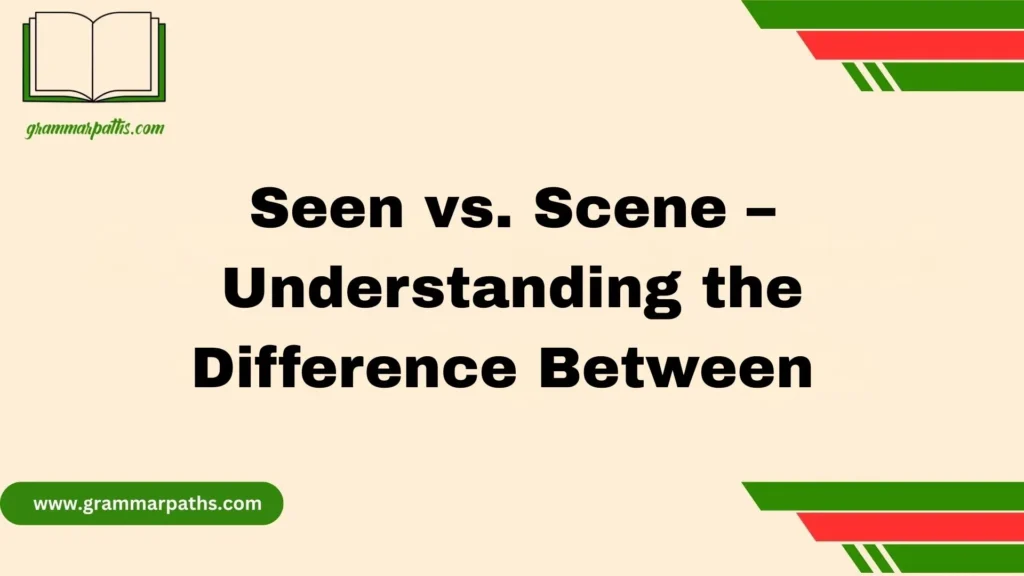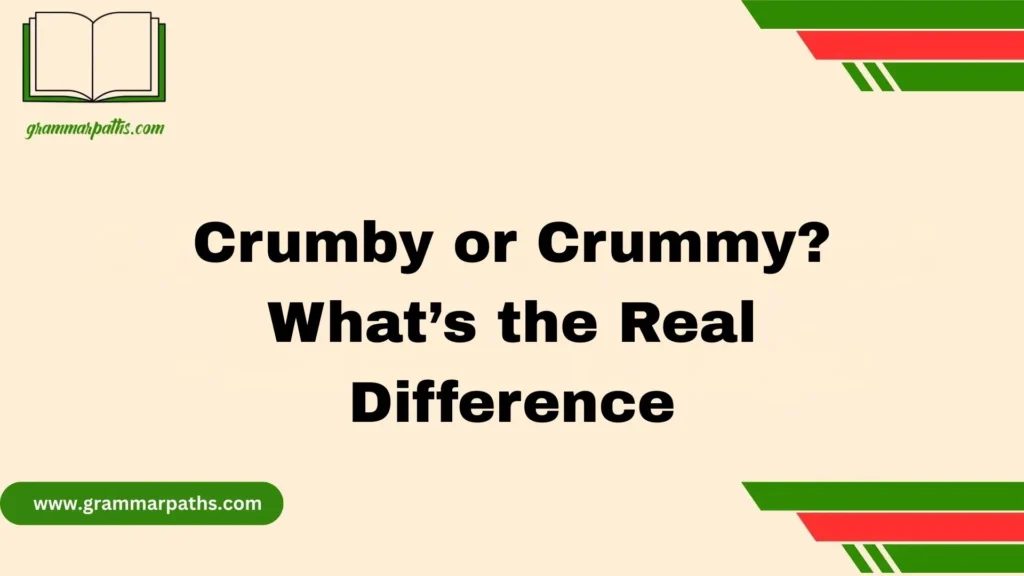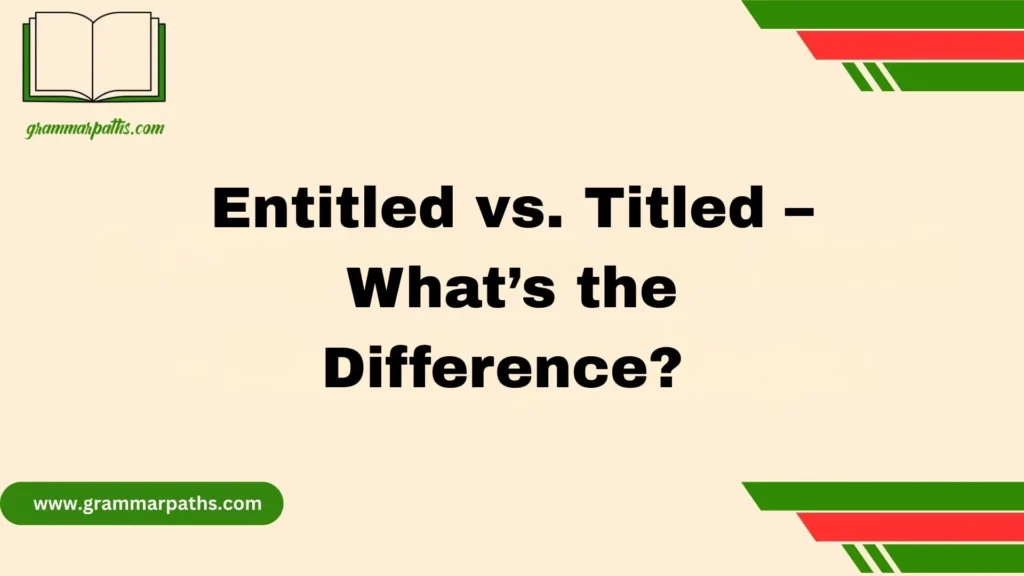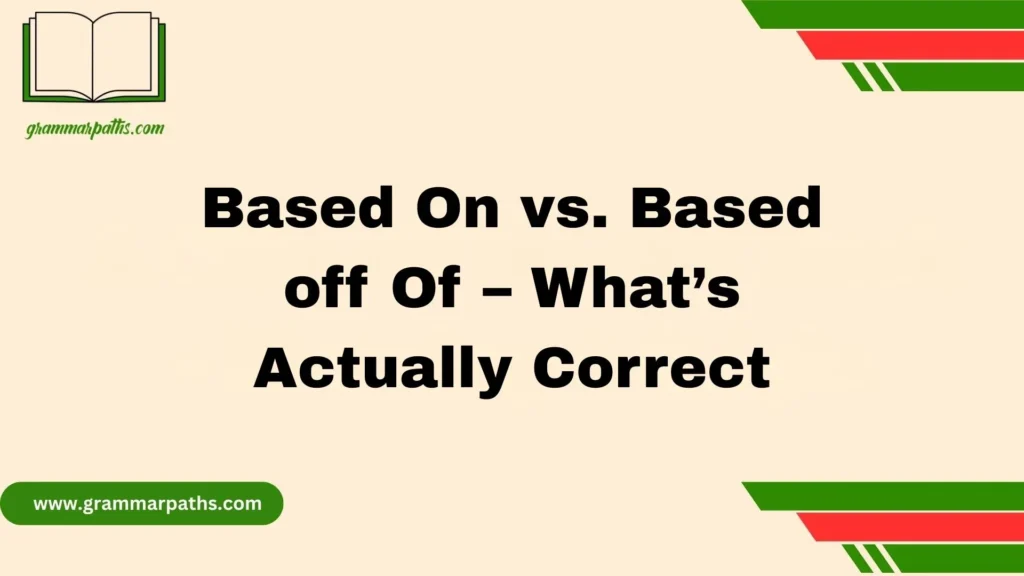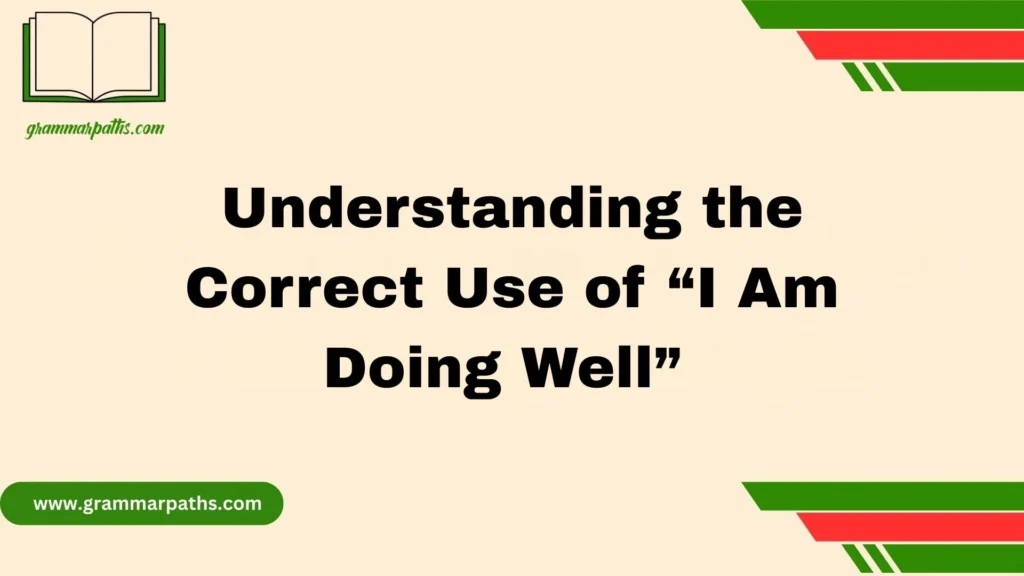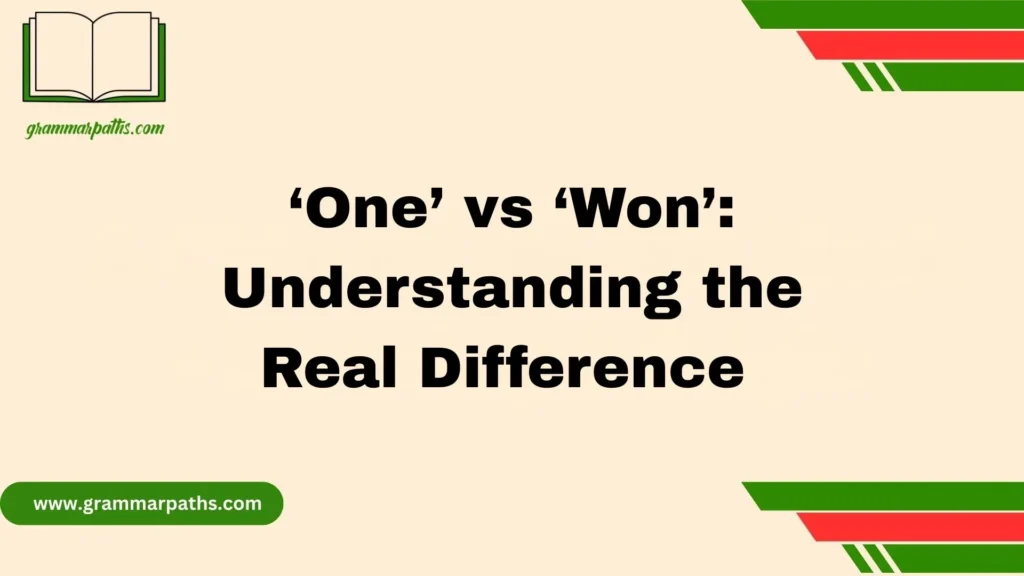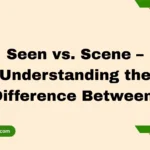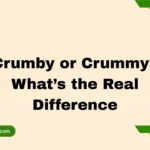When I first learned about the words crumby and crummy, I was surprised by how closely they’re related yet slightly different in meaning. The term crumby goes way back to the 17th century, originally full of crumbs—literally! It described something covered with tiny bits, often tending to break apart, like a crumbly loaf of bread. Over time, though, the definition started shedding its old flavor and became confined to these older senses. Meanwhile, the newer spelling, crummy, emerged later, especially in slang during the 19th century, taking on a figurative twist—something shabby, miserable, or of little value.
By the second half of the 20th century, crummy became more common in the English-speaking world, showing a clear differentiation between the two. Linguists and writers found evidence of this change in newswriting, books, and other English texts. Both remain variants, though, synonymous in spirit. In my experience, whenever I encounter something of little-used charm or outdated design, I can’t help but think of it as a bit crummy—or maybe, if you prefer the older spelling, crumby. Either way, both words are beautifully spelled examples of how language evolves through history, culture, and everyday expression.
The Root of the Confusion: Crumbs, Slang, and Sound-Alikes
The confusion starts with their shared ancestor: crumb.
A crumb is a tiny piece of bread or cake — nothing fancy. But over time, people started turning nouns like “crumb” into adjectives by adding “-y.” That’s how we got “crumby,” meaning “full of crumbs.”
Then, somewhere in the early 20th century, slang stepped in. Americans began using “crummy” to describe something bad or inferior. The sound of the word, soft and blunt, matched its negative tone perfectly.
So while “crumby” was literal, “crummy” became emotional. It’s easy to see how the two got tangled, especially when both words roll off the tongue the same way.
Definition and Meaning of “Crumby”
Let’s start with the older of the two.
Crumby means covered in crumbs or containing crumbs. It’s a literal, descriptive adjective. You’d use it when talking about food, surfaces, or textures.
Dictionary Definition
“Crumby: full of crumbs; covered with crumbs.” — Merriam-Webster Dictionary
Here’s how it looks in use:
- “The kitchen counter was crumby after breakfast.”
- “He brushed off his crumby shirt before leaving.”
- “The floor was so crumby you could tell someone had been snacking.”
It’s not a common word anymore, but it’s still grammatically correct. In modern writing, you might see “crumby” in cookbooks, household descriptions, or children’s stories.
Usage Table: Crumby
| Context | Meaning | Example Sentence |
| Physical | Covered in crumbs | “The sofa was crumby after movie night.” |
| Descriptive | Slightly dirty or messy | “She cleaned her crumby table after dinner.” |
Key takeaway: Crumby is about crumbs — nothing more, nothing less.
Definition and Meaning of “Crummy”
Now, let’s look at its more popular cousin — crummy.
Crummy means poor quality, unpleasant, or disappointing. It’s an informal, emotional adjective often used in everyday speech.
Dictionary Definition
“Crummy: of very poor quality; miserable or contemptible.” — Oxford English Dictionary
Examples:
- “That hotel room was crummy.”
- “I felt crummy after catching the flu.”
- “He gave a crummy excuse for missing the meeting.”
It expresses dissatisfaction, not physical messiness. You could think of it as the emotional version of “bad.”
Usage Table: Crummy
| Context | Meaning | Example Sentence |
| Informal | Of poor quality | “The movie was crummy — I almost fell asleep.” |
| Emotional | Feeling unwell or disappointed | “I felt crummy after the argument.” |
| Evaluative | Low standard | “That’s a crummy deal — don’t take it.” |
In short: Crummy = bad. Crumby = full of crumbs.
Historical Origins: From Crumb to Crummy
Both words trace back to “crumb,” an Old English term cruma, meaning “small piece.”
- Crumby appeared first, in the early 1800s, used in a literal sense.
- Crummy followed later, around the 1830s, but its figurative meaning — “lousy” or “inferior” — didn’t take off until the 20th century.
The slang “crummy” likely evolved from the word “crumb” used metaphorically — as in “a crumb of a person,” meaning “someone insignificant.” Over time, people started saying “crummy” to describe anything small, worthless, or disappointing.
Timeline of Evolution
| Era | Word | Meaning | Example Usage |
| 1800s | Crumby | Covered with crumbs | “A crumby loaf lay on the table.” |
| 1830s | Crummy | Dirty, shabby | “He wore crummy clothes.” |
| 1900s | Crummy | Inferior, lousy | “That’s a crummy excuse.” |
| Today | Crummy (dominant) | Poor quality, unpleasant | “I had a crummy day.” |
Real-World Usage in Literature and Media
Writers often use “crummy” to set a mood — disappointment, frustration, or failure. “Crumby,” however, shows up in more literal, descriptive passages.
| Source | Year | Word | Excerpt |
| The Catcher in the Rye by J.D. Salinger | 1951 | Crumby | “It was a crumby hotel with crumby people.” |
| New York Times | 1982 | Crummy | “A crummy investment led to a market collapse.” |
| BBC Travel Article | 2017 | Crummy | “The town’s crummy roads were part of its charm.” |
Notice how Salinger used crumby as a variant spelling of crummy. This shows how writers sometimes bend rules for style or character voice. But in modern English, “crummy” has taken the lead almost everywhere.
American vs. British Preferences
Both American and British English recognize “crummy,” but its usage differs slightly.
| Region | Preferred Word | Meaning Emphasis | Example |
| United States | Crummy | Bad, unpleasant | “That’s a crummy deal.” |
| United Kingdom | Crummy | Poor, shabby | “The flat looked crummy.” |
| Rare UK Use | Crumby | Covered with crumbs | “The crumby floor needed sweeping.” |
In the U.S., “crummy” is widespread — from movies to marketing. In Britain, “crummy” also appears, but sometimes in a more literal or old-fashioned sense.
Linguists note that “crummy” appears over 100 times more often than “crumby” in both American and British corpora (based on Google Books Ngram data).
Pronunciation tip:
Both are pronounced /ˈkrʌ-mi/ — rhyming with “yummy.” So, the difference lies in meaning, not in how they sound.
How Context Changes Everything
Context determines which word works best. Let’s compare side by side:
| Sentence | Word Used | Correct? | Explanation |
| “I wiped the crumby counter.” | Crumby | ✅ | Refers to crumbs on the counter. |
| “It was a crummy restaurant.” | Crummy | ✅ | Describes poor quality food or service. |
| “It was a crumby restaurant.” | Crumby | ❌ | Not about crumbs — should be “crummy.” |
| “Her hands were crumby after baking.” | Crumby | ✅ | Covered in crumbs. |
The difference? Literal vs. figurative.
If you can see or touch the crumbs, use crumby.
If you’re describing a feeling, experience, or quality, go with crummy.
The Role of Audience and Tone
Your audience determines which word fits best.
- Crumby works in descriptive or family-friendly writing: recipes, children’s books, or household advice.
- Crummy fits informal or emotional writing: reviews, blogs, conversations, or fiction dialogue.
For example:
“The crumby picnic blanket was covered in cookie crumbs.”
“The weather ruined our plans — what a crummy day!”
Tone also matters. Crumby sounds neutral or observational. Crummy feels expressive and casual.
Regional and Cultural Nuances
In the U.S., “crummy” became part of everyday slang by the mid-1900s. It appeared in film scripts, songs, and TV shows. Americans used it as a mild insult — lighthearted but clear.
Common American phrases include:
- “Crummy deal” → unfair situation
- “Crummy luck” → bad fortune
- “Crummy feeling” → emotional disappointment
In Britain, older generations sometimes used “crummy” interchangeably with “shabby” or “wretched.” However, younger speakers often favor words like “rubbish” or “lousy.”
So while “crummy” survives both sides of the Atlantic, its cultural flavor differs slightly.
Common Mistakes and Easy Memory Tricks
Because “crumby” and “crummy” sound identical, many writers confuse them. Here’s how to remember:
Simple Trick
- Crumby = Crumb-related.
Think of bread crumbs → crumby sandwich. - Crummy = Crummy mood or day.
Think of bad vibes → crummy situation.
Quick Mnemonics
- Crumby has B like Bread.
- Crummy has M like Mood.
Common Errors
| Incorrect | Correct | Explanation |
| “That was a crumby idea.” | “That was a crummy idea.” | It’s not about crumbs. |
| “The crummy floor needs cleaning.” | “The crumby floor needs cleaning.” | Physical mess, not quality. |
Related Words and Expressions
Want to sound more natural? Try these synonyms based on context:
| Word | Meaning | When to Use |
| Shabby | Worn out or old-fashioned | “A shabby couch.” |
| Lousy | Terrible, unpleasant | “A lousy excuse.” |
| Grimy | Dirty, covered with dust | “A grimy window.” |
| Messy | Disorganized, untidy | “A messy kitchen.” |
| Junky | Poorly made, cheap | “A junky toy.” |
| Dusty | Covered in dust | “A dusty shelf.” |
Each word carries a slightly different tone — some emotional, some visual. Choosing the right one keeps your writing fresh and precise.
Modern Relevance and Digital Language Use
In the digital age, “crummy” thrives online. You’ll find it in:
- Product reviews: “This phone case is crummy — it broke in a week.”
- Social media posts: “Feeling crummy today, need coffee.”
- Blog comments: “What a crummy website experience.”
Meanwhile, “crumby” has nearly vanished from casual writing, surviving mainly in food-related content.
A quick look at Google Trends shows “crummy” outpacing “crumby” by a wide margin in both the U.S. and U.K. over the past decade. This tells us that “crummy” dominates digital communication, proving how language adapts to social tone and convenience.
Quick Recap: Crumby vs. Crummy at a Glance
| Feature | Crumby | Crummy |
| Origin | From “crumb” (literal) | From slang (figurative) |
| Meaning | Covered in crumbs | Poor quality or unpleasant |
| Tone | Neutral, descriptive | Informal, emotional |
| Common Usage | Physical messes | Feelings, experiences |
| Frequency | Rare | Common globally |
| Spelling | Crumby (with “b”) | Crummy (with “m”) |
Conclusion
The difference between crumby and crummy might seem small, but it tells a fascinating story about how English evolves. Crumby started with a literal meaning—something covered in crumbs or tending to break apart. Over time, it shed its older senses and made room for crummy, a word that emerged in slang during the 19th century to describe anything shabby, miserable, or of little value. By the 20th century, crummy had become more common across the English-speaking world, while crumby remained the older variant. Whether you prefer the newer spelling or the traditional one, both reflect the charm of linguistic change—proof that even tiny crumbs of language can shape how we express emotion and experience.
FAQs
1. Is “crumby” still used today?
Yes, though less common, “crumby” is still used when describing something literally full of crumbs or crumbly in texture.
2. What does “crummy” mean in modern English?
“Crummy” means shabby, miserable, or of little value. It’s the newer spelling that became more popular during the 20th century.
3. Are “crumby” and “crummy” interchangeable?
They can be in some contexts since they’re synonymous, but “crumby” is more about texture, while “crummy” describes poor quality or bad experiences.
4. Which spelling should I use in writing?
Use crummy for modern newswriting and general English, as it’s more widely established. Crumby works best when referring to literal crumbs or crumbly things.
5. How can I remember the difference?
Think of crumbs when you see “crumby,” and of a miserable, shabby feeling when you think of “crummy.” That simple mental link keeps them easy to tell apart.

Grace Marie is the dedicated writer behind GrammarPaths.com, where she shares her passion for English grammar, idioms, and writing mastery. With a strong background in language studies and years of experience helping learners improve their communication skills, Grace creates clear, practical, and engaging content that makes English easy to understand.
